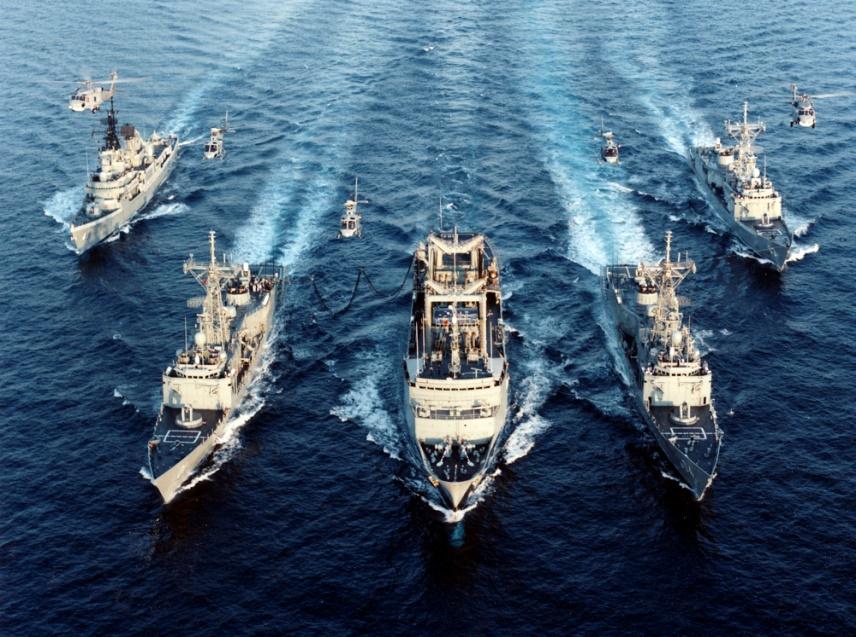On 2 August 1990, Iraq invaded its neighbour Kuwait sparking a series of events beginning the Gulf War—a conflict drawing in a coalition of 35 nations, including Australia.
The United Nations Security Council was quick to respond, imposing a wide range of economic sanctions mere days late, and called on its member states to ban all trade with Iraq and Kuwait.
The Australian Government’s response was swift and resolute, condemning the invasion and imposing sanctions shortly before the UN’s call. Within days of the invasion, our nation joined the international response, helping enforce the trade embargo.
By mid-August, a three-ship Royal Australian Navy task force, comprised of frigates HMAS Adelaide and HMAS Darwin, and the supply ship HMAS Success, deployed to join a multinational force in the Persian Gulf creating a maritime blockade. Surgical teams and support staff from the Australian Army and Royal Australian Air Force also deployed, playing vital roles.
Though Australia’s involvement was limited, by comparison, in scale, General Peter Gration (Chief of the Defence Force at the time) remarked “it was a force that could make a real and realistic contribution.”
Remarkably, no deaths occurred among Australian forces deployed to the Gulf War of 1990-91.
Behind each of these deployments are thousands upon thousands of personal stories, a poignant reminder of the human side of service.
She reflects on how her father’s Gulf War deployment helped shape her childhood memories.
‘I am extremely proud of my father’s service: in Vietnam, the First Gulf War (which I vividly remember) and throughout his career. Appointed commanding officer of the guided-missile frigate HMAS Darwin in August 1990, he was ordered to deploy to the Persian Gulf in three days. That Friday afternoon he collected me from Brownies and when we got home, he showed me in an atlas where he was going.
There was a lot of media attention owing to the gravity of the deployment, which, thankfully, did not affect the three of us. We maintained our busy family routine for the next four months and were thrilled to welcome him home a few days before Christmas.’
Reflections like these are a reminder that military service is not only centred around operations and outcomes; it’s also about people. It’s about those who have chosen to serve, about the (often generational) legacy they carry with them, and about the quiet courage of those they leave behind.
On this day, we reflect on the service and sacrifice of the more than 1800 Australian Defence Force personnel who served in the Gulf War. Their contribution to the multinational effort left an enduring impact, helping to restore peace and stability to the region.
Lest we forget.
To delve deeper into Holly’s family history, visit An Arc of Service | WM.

(From left) HMAS Brisbane, Adelaide, Success, Darwin and Sydney rendezvous for a handover in the Gulf of Oman, December 1990.
Image courtesy SeaPower Centre (Royal Australian Navy)